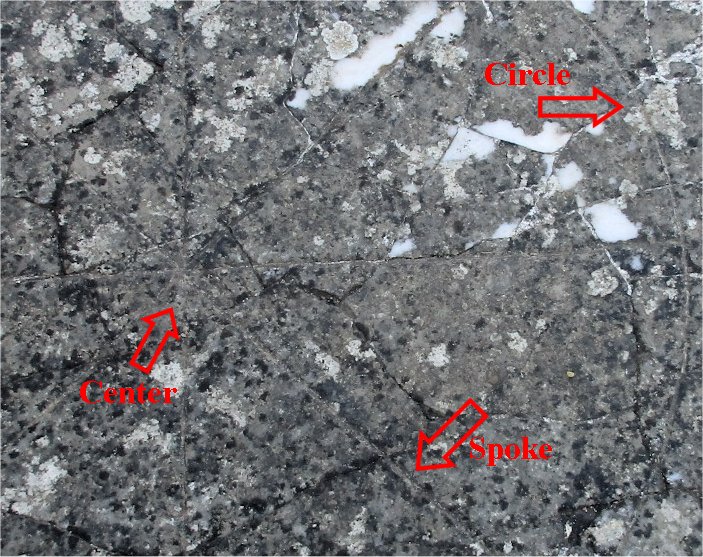
We have watched the reports of the Ostia Graffiti Project in recent weeks as its members post photos of some of the graffiti that they are recording. One item that we did not see was a graffito that appears to be a game board etched into the porch step of an ancient building on the west side of the city. Mary Jane Cuyler showed us the board game on our recent walk through Ostia Antica with her and Philipp Markus.
The glare of the bright sun that day made it difficult to see the etched image. However, on our return to Texas, we were able to examine our photos of the game board on our office computers, and the pattern shows up clearly.
The game is called Rota (Latin for wheel), however, that name has been given to the game by modern scholars. We are not sure what it might have been called in ancient times. The game is played on a board that consists of a circle and four equally spaced lines that pass through the center of the circle, creating a drawing that looks like a wheel with eight spokes.
A close up of the image in Figure 1 shows the center point of the circle, the radial lines crossing the center point, and the arc of the circle on the right. Figure 2 shows the lines of the game board traced in green.

Figure 1: The etched Rota game board.
The circle is nearly perfect, with a diameter of approximately 21.5 inches (54.6 cm). The cross lines are precisely drawn, and each one crosses through the center of the circle. It does not appear that the game board was drawn free hand, but by using instruments or tools.
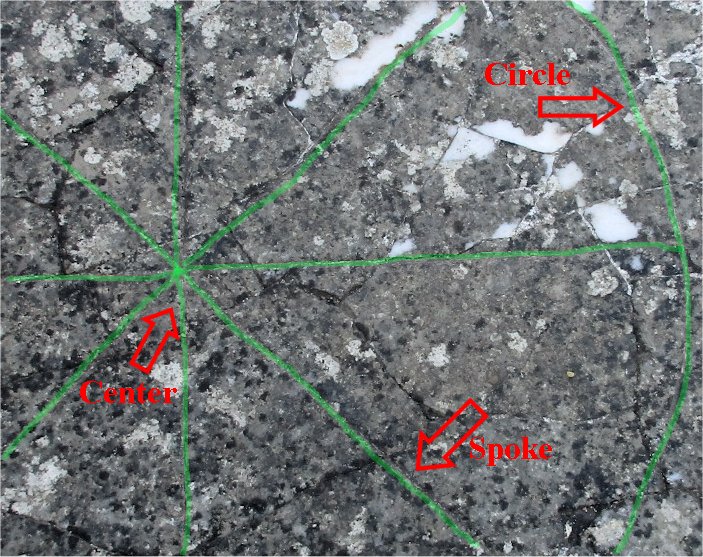
Figure 2: The Rota game board with green tracing of the lines.
The rules of Rota are fairly simple. According to an article in The Classical Journal (Volume XI, March, 1916, page 365), the game is played in the manner described below. We will quote directly from the article since the article itself is rather amusing in its early 20th century phrasing and style.
"The 'board' is marked with a circle, intersected by four symmetrically disposed diameters, dividing the area into eight equal sectors. The 'stations' are the center and the eight intersections of radii with periphery, making nine stations in all.
Two players contend, each with three 'counters' or 'men,' which must be distinguished by color, shape, substance, or marking from those of his opponent. He wins who succeeds in getting his three men into line, i.e., occupying the stations at the center and two ends of the same diameter. The game is thus a sort of 'tit-tat-to.'
To begin, one of the players, selected by lot, places one of his 'men' on one of the 'stations' at his choice (he will probably choose the center, at least till he develops strategy). His opponent next sets one of his men on any one of the unoccupied stations; and so they proceed alternately till all the six men are in position on the board. The leader then moves one of his men to an adjacent (along an arc or radius) unoccupied station; his opponent moves similarly; and thus they alternate moves till one player gets his three men into line along a single diameter, and so wins.
Two men may not occupy the same station; no 'capturing' or 'jumping' is permitted; and neither player may decline to move in his turn."
The game of Rota seems to have been widespread through out the Roman Empire. A Rota game board has been found etched into the pavement at Leptis Magna in Libya (Figure 3; Creative Commons, photo by sebastiagiralt / CC BY-NC-SA 2.0).
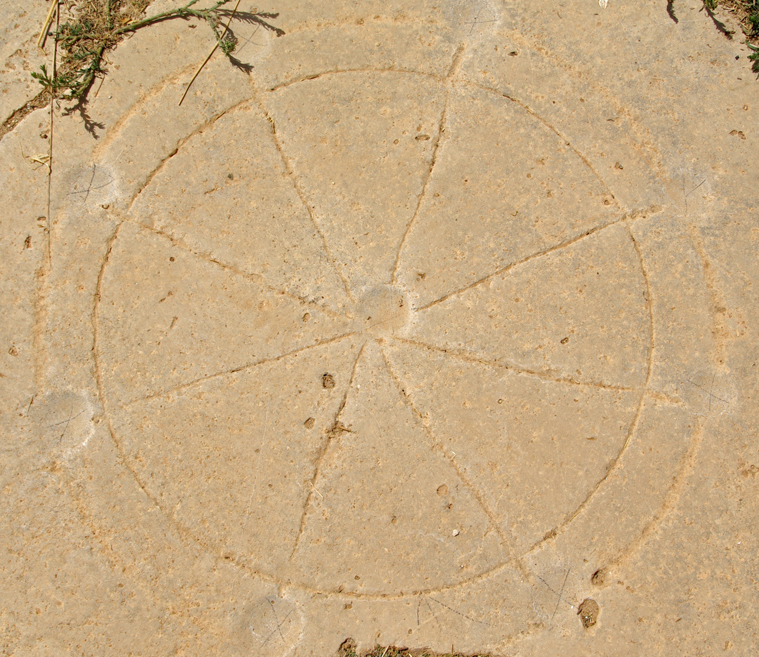
Figure 3: A Rota game board from Leptis Magna.
Another copy was unearthed at the Carnuntum Archeological Park near Vienna, Austria, and a replica of the excavated Rota game is on display in the "hands on" section of the museum (Figure 4). Note that the Rota board in Figure 4 is incorrectly set up for play. There are eight markers on the board instead of six. There should be three markers of one color for the first player, and three markers of a different color for the second player.
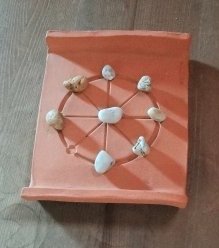
Figure 4: A replica Rota game board from Carnuntum.
We came across a fourth example of the Rota board game on the Palatine Hill in Rome. The game was etched into a white marble slab lying beside the footpath that ascends to the top of the hill from the south side. The game board appears to have been scratched into the surface by hand (Figure 5) since the lines are somewhat wavy.
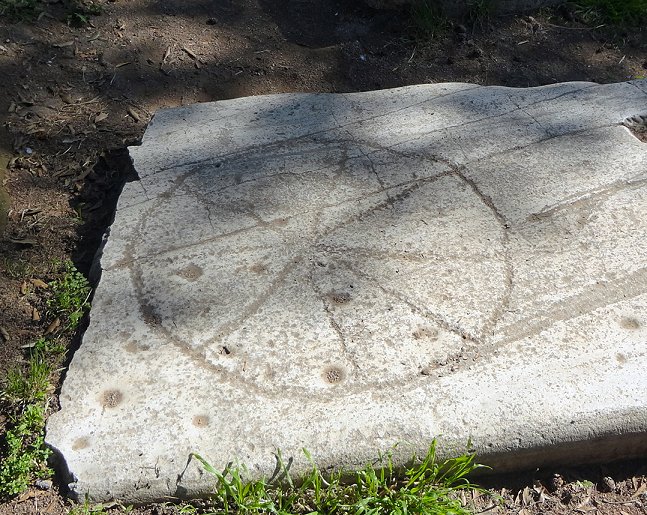
Figure 5: A Rota game board from the Palatine Hill in Rome.
We did not find the Ostia Rota game board listed among the inscriptions compiled by the Ostia Graffiti Project on the OstiaAntica.org website. Perhaps the game board was discovered after the list was made. Or, on the other hand, the etching of the game board may be fairly modern. Nevertheless, we hope to learn more about this game board in Ostia.
So, while we wait, how about a game of Rota!?